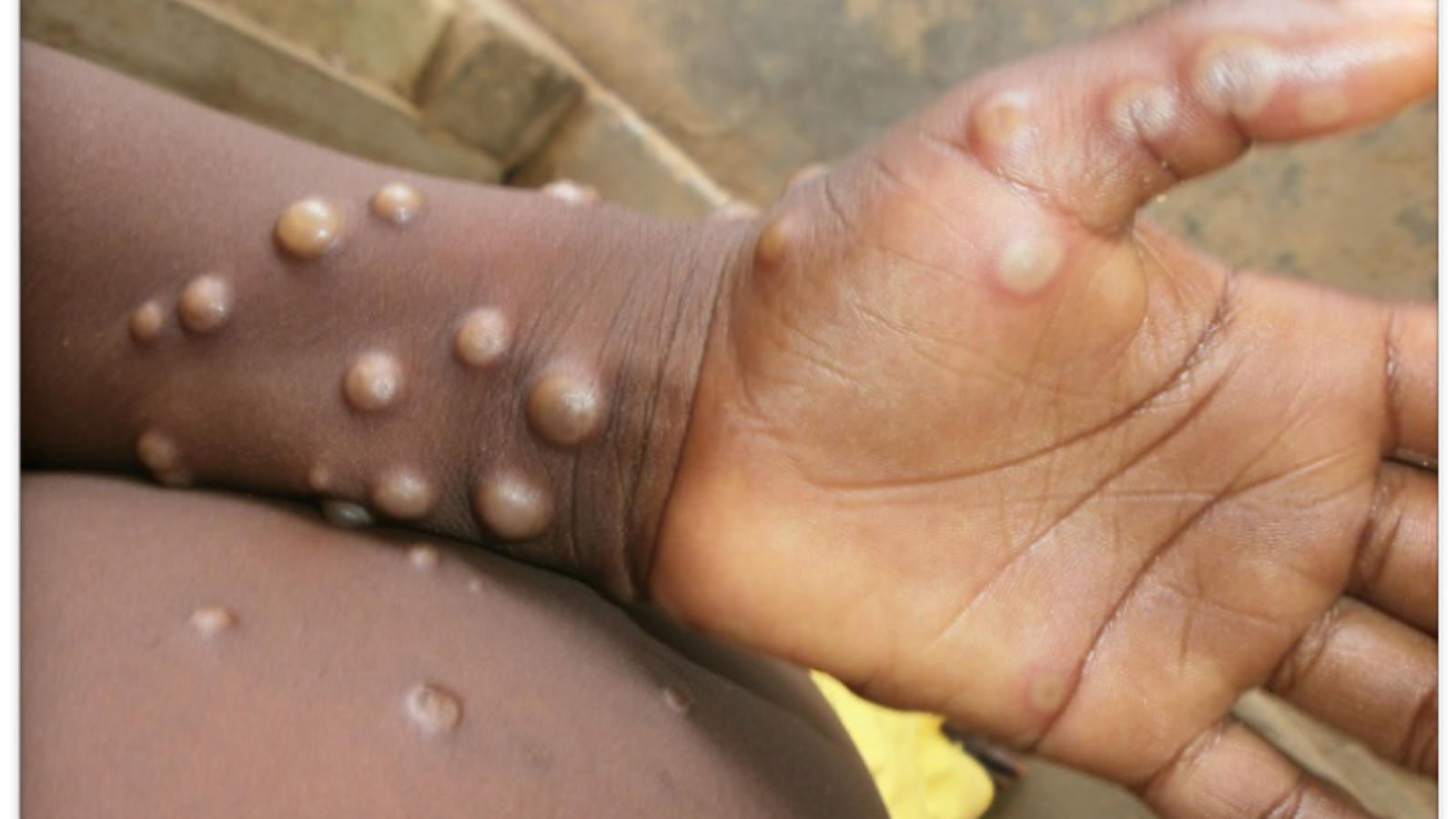Australia has reported its first case of monkeypox in a traveller in his 30s who recently returned from Britain.
The man’s case was confirmed on Friday after he arrived in Melbourne with symptoms earlier this week.
A second, probable infection has also been reported in a man in his 40s who developed a mild illness several days after arriving in Sydney, with the symptoms “clinically compatible” with the virus, the New South Wales health department said.
The man had recently travelled to Europe.
“Just to reassure the community, it is not the same spread mechanism as COVID or flu, where it is more fleeting,” New South Wales state chief health officer Kerry Chant.
The viral infection is similar to human smallpox and usually causes mild illness, with most people recovering within a few weeks.
Cases have begun appearing around the world, in Europe, the US, and Canada.
The disease is endemic to Africa where, despite its name, it is usually spread by rodents and doesn’t transmit easily among people.
It was first reported in the Democratic Republic of Congo in the 1970s, and cases in West Africa have increased in the last decade.
Read more: What do we know about the monkeypox outbreak?
The UK has reported 11 cases – the first, reported on 5 May, was in someone who had recently returned from Nigeria, but the others have no travel history.
However, the UK Health and Security Agency said the virus does not usually spread easily between people and the risk to the population remains low.
Symptoms include fever, headaches, and skin rashes starting on the face and spreading to the rest of the body.
Read more: How do you catch monkeypox, what are the symptoms, and how easily does it spread?
A cluster of the virus has appeared in gay and bisexual men. However, officials have stressed it is not a sexually transmitted disease, but is instead spread via prolonged skin-to-skin contact.
The rash changes and goes through different stages, and can look like chickenpox or syphilis, before finally forming a scab, which later falls off.








